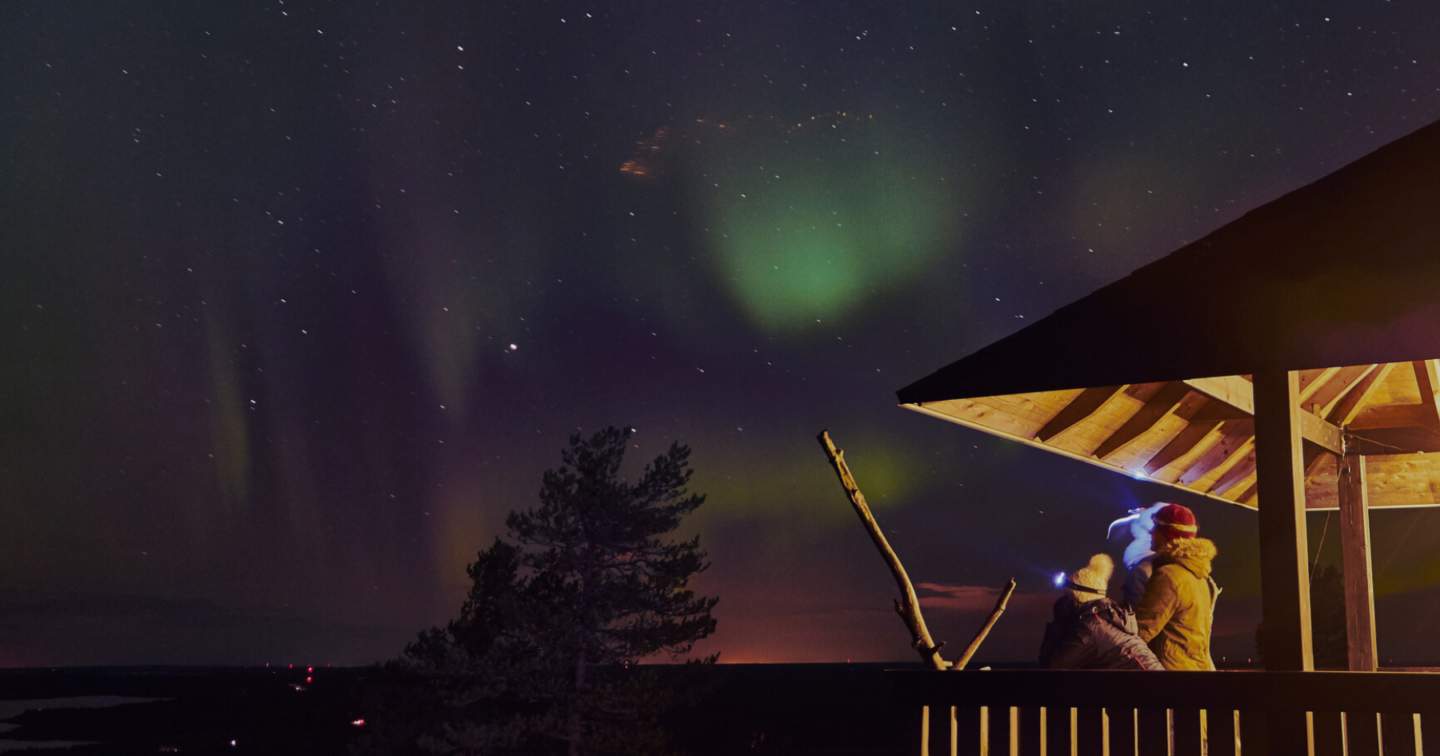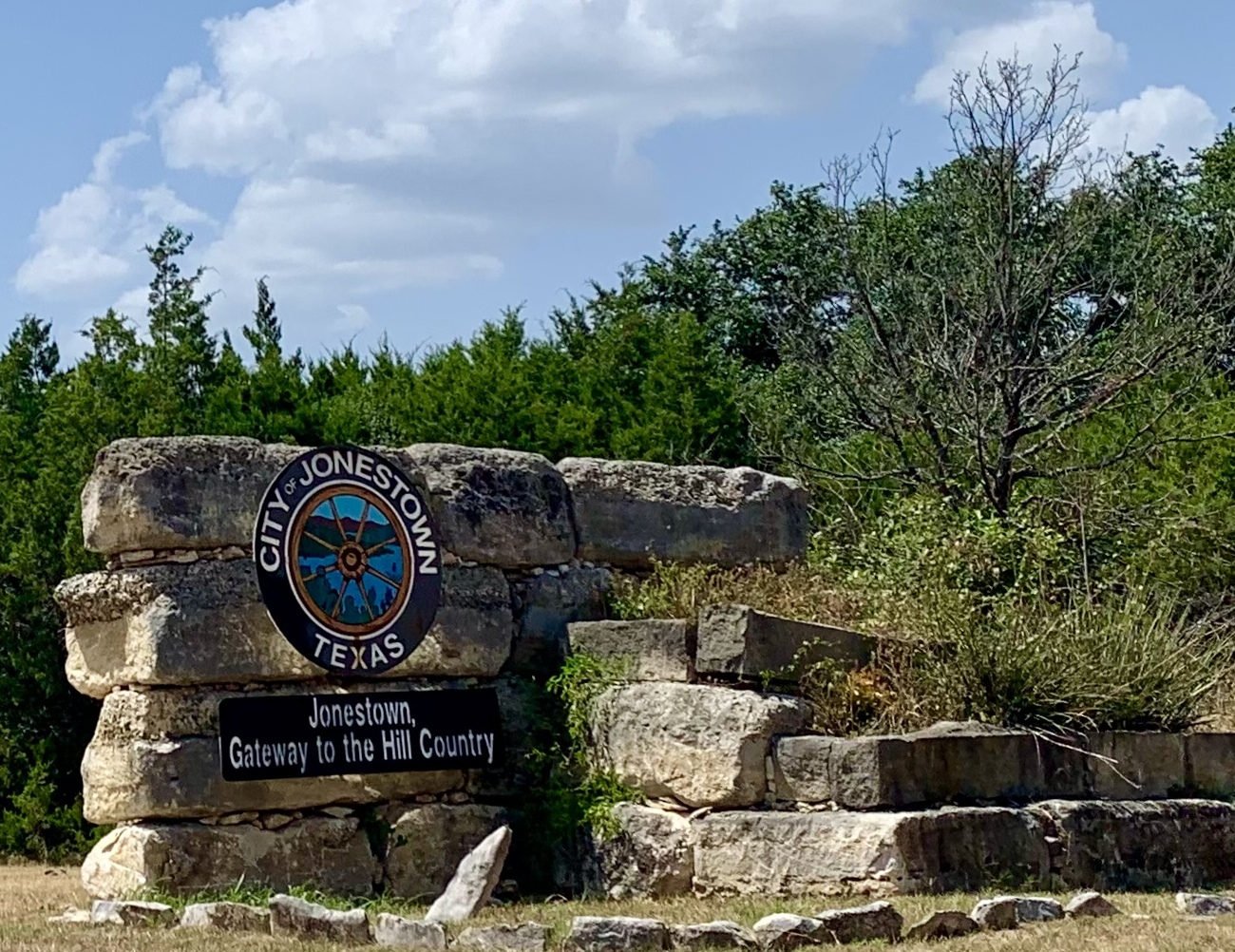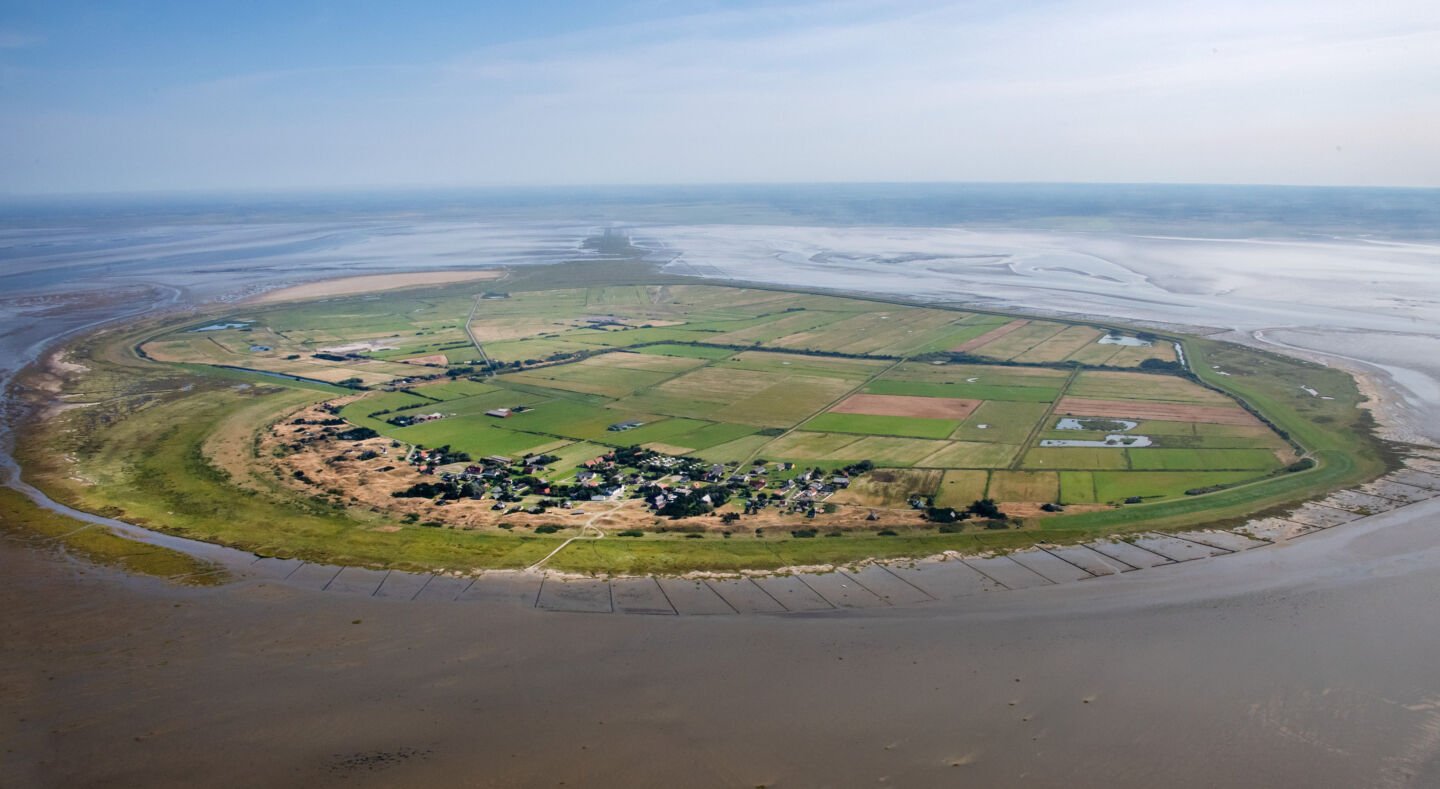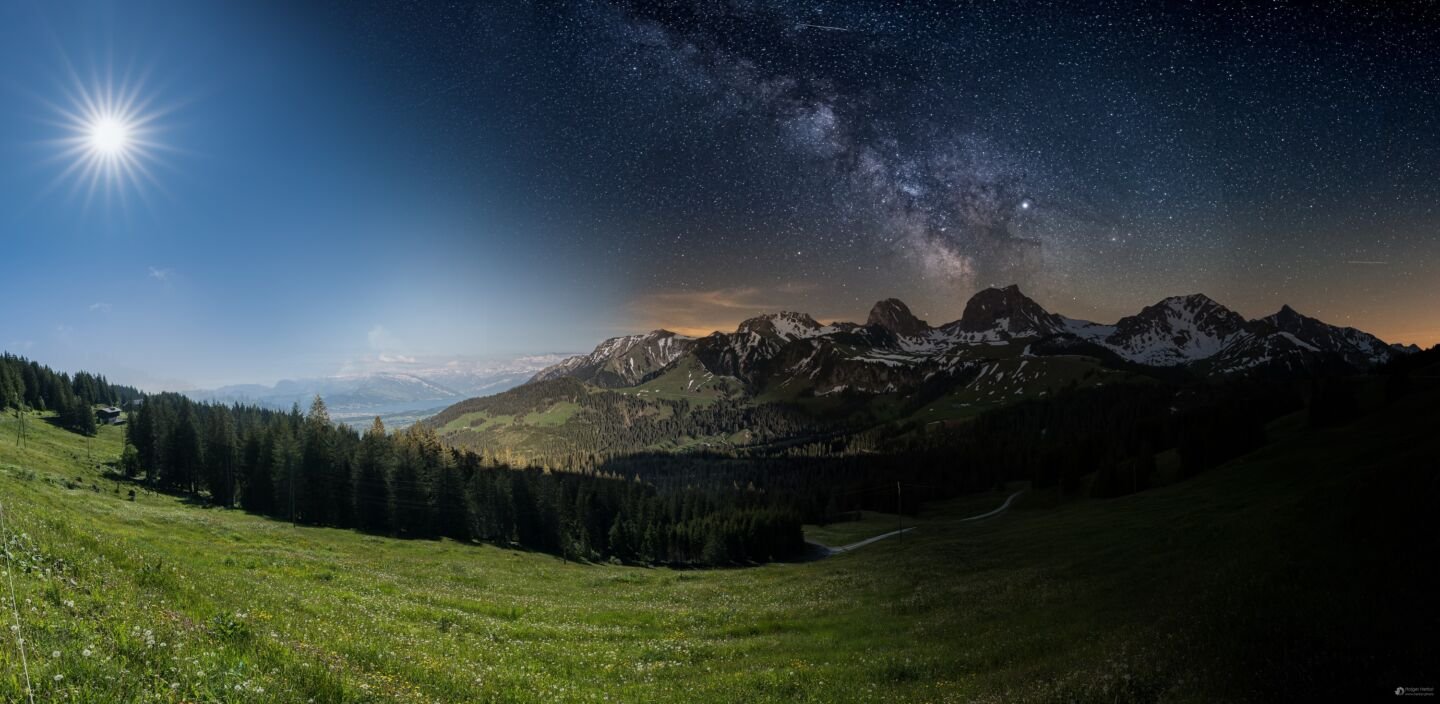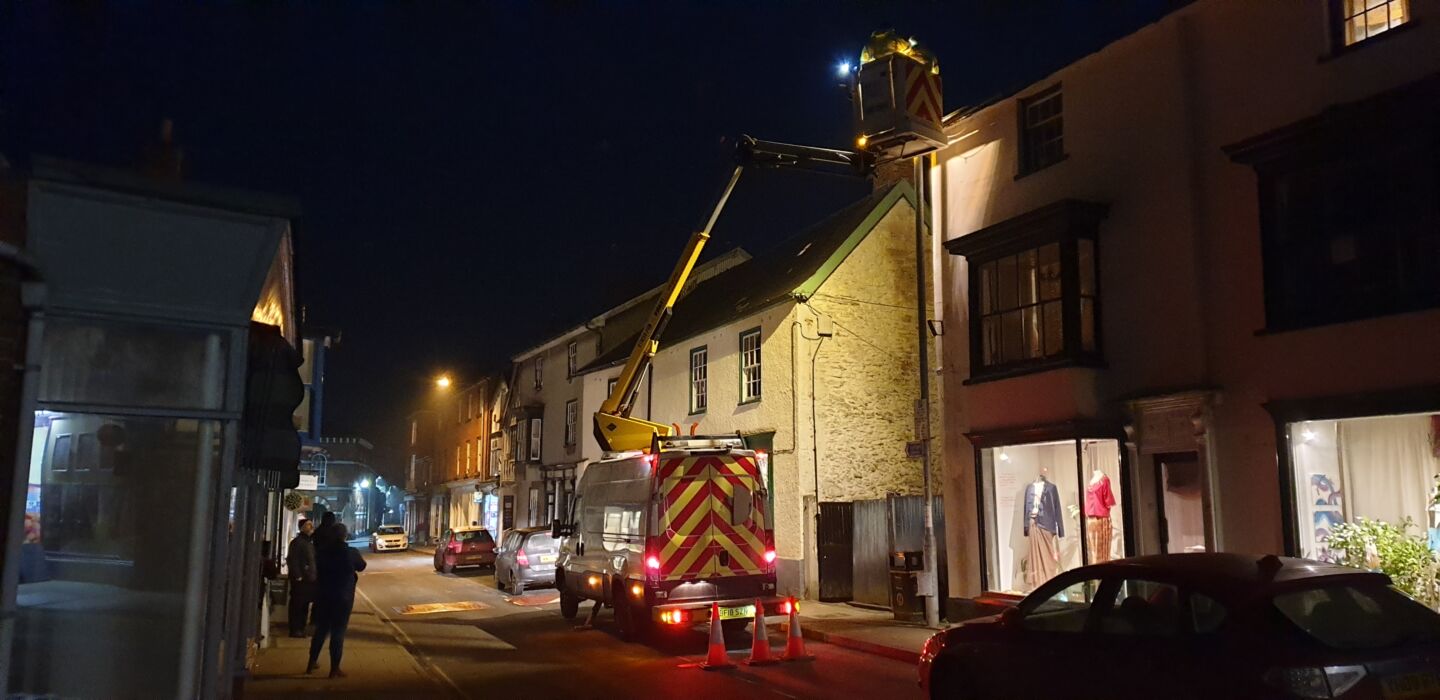
The International Dark-Sky Association Awards Dark Sky Status to Grand Canyon-Parashant National Monument
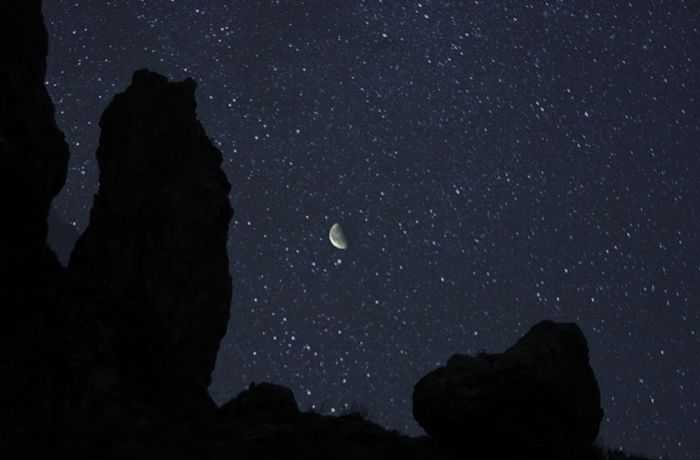
TUCSON, AZ AND GRAND CANYON-PARASHANT NATIONAL MONUMENT, AZ, 21 March 2014 – The remote, wild character of rural northwest Arizona has long drawn dedicated adventurers who value protection of the area’s abundant natural resources. Lately, dark night skies have earned a place among these precious assets worthy of preservation. In recognition of exceptional efforts to this end, the International Dark Sky Association announced today that it has designated Grand Canyon-Parashant National Monument as part of its International Dark Sky Places Program. The new International Dark Sky Place is also known as “Parashant International Night Sky Province.” A public event to celebrate the designation will be held April 26 at Dixie State University in St. George, Utah.
“Parashant has outstanding Gold-tier night skies—some of the best in the southwest. Their new designation marks them as an environmental leader in moving to preserve the Monument’s starry skies for generations to come,” said IDA Executive Director Bob Parks.
Grand Canyon-Parashant National Monument, established in 2000, consists of 1.05 million acres (42,000 ha) of land on the “Arizona Strip,” the portion of Arizona lying north of the Colorado River. The Monument is bounded to the south by the Grand Canyon and on the west by the Arizona-Nevada border. At the junction of the Colorado Plateau, Mojave Desert and Great Basin, it is among the most isolated of the federally managed land units in the contiguous 48 states.
Parashant represents an area of over a million acres with no paved roads, limited structures, four Wilderness areas and pristine night skies. “Solitude and wilderness have always been associated with Parashant and these characteristics exemplify our night skies,” said Eathan McIntyre, Physical Science Specialist at Parashant and leader of the effort to secure an IDA designation
First Such Award for the US Bureau Of Land Management
The National Park Service and the U.S. Bureau of Land Management manage the administration of Grand Canyon-Parashant National Monument jointly. While the NPS counts four other of its properties among IDA International Dark Sky Parks, the IDA recognition of Parashant is a first for lands within the BLM portfolio.
NPS Director Jonathan Jarvis characterized today’s award as the result of a “beautiful partnership” with BLM. He hopes that IDA’s recognition of Parashant will attract other BLM sites on the Colorado Plateau to join in educating communities and protecting night skies. “The night sky is something you can restore. It’s not gone, it’s still there and all we have to do is pay attention to our lighting,” Jarvis said.
A Look At The Past, A Vision Of The Future
The human presence in Parashant extends back as far as the Paleoindians who arrived in the Arizona Strip near the end of the last Ice Age nearly 13,000 years ago. Remnants of formerly extensive Puebloan (Anasazi) and Southern Paiute cultures are found on the Monument. Mining activities, timber cutting, and settlement by farmers and ranchers began by the 1870s and continued into the early twentieth century. Parashant’s extreme remoteness discouraged all but the hardiest of settlers, which helped protect its skies from brightening after the advent of electric lighting.
Members of the Pauite tribes living near Parashant value the unspoiled quality of the Monument lands, including its remarkably dark night skies. In voicing his support for the effort leading to today’s award, Manuel M. Savala, chairperson of the Kaibab Paiute Tribe, explained why dark skies are significant to his constituents. “Any effort that can help conserve our dark night skies and to protect a place where one can clearly look toward the stars and planets will benefit our younger generations, our visitors, and the tribal community at large.”
Dark skies advocates hope to capitalize on today’s announcement and carry the momentum forward toward the protection of additional lands in the region. Interagency cooperation is seen as key to the success of this effort.
“Parashant International Night Sky Province embodies the collaboration between multiple agencies and landowners that will lead to the continued success of the Colorado Plateau Dark Sky Cooperative,” said Nathan Ament, Coordinator of the Colorado Plateau Dark Sky Cooperative, an NPS-sponsored collaboration dedicated to the preservation of dark night skies on federal lands in the Four Corners area. “It represents NPS and BLM’s dedication to leading the way in protecting natural darkness as a precious resource on the Colorado Plateau,” Ament explained.
Parashant joins other IDA Dark Sky Places already designated on the Colorado Plateau, including Flagstaff, AZ; Natural Bridges National Monument, UT; and Chaco Canyon National Historical Park, NM. Efforts are now underway at nearby Grand Canyon National Park to seek a similar IDA designation. Officials at Parashant and the Grand Canyon envision a future in which community partnerships, public education, and voluntary efforts to place sensible controls on outdoor lighting lead to more dark skies conservation along the nearly 300-mile-long Colorado River corridor in northern Arizona.
About the IDA Dark Sky Places Program
IDA established the International Dark Sky Places conservation program in 2001 to recognize excellent stewardship of the night sky. Designations are based on stringent outdoor lighting standards and innovative community outreach. Since the program began, six communities, 16 parks and eight reserves have received International Dark Sky Place designations.
About IDA
The International Dark Sky Association, a 501(c)(3) non-profit organization based in Tucson, Arizona, advocates for the protection of the nighttime environment and dark night skies by educating policymakers and the public about night sky conservation and promoting environmentally responsible outdoor lighting. More information about IDA and its mission may be found at https://darksky.org.
Media Inquiries
International Dark-Sky Association
Dr. John Barentine (Dark Sky Places Program Manager) [email protected]; +1 520 293 3198
National Park Service
Mr. Scott Sticha (Chief of Interpretation and Partnerships, Grand Canyon-Parashant National Monument) [email protected]; +1 435 688 3377
Bureau of Land Management
Ms. Rachel Tueller (Public Affairs Specialist) [email protected]; +1 435 688 3303







